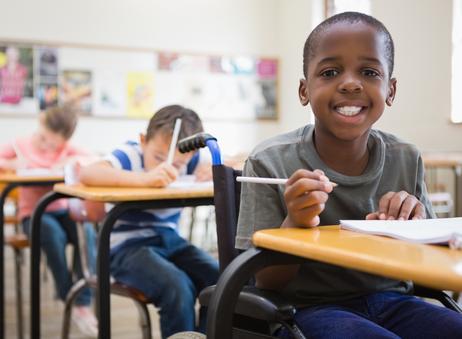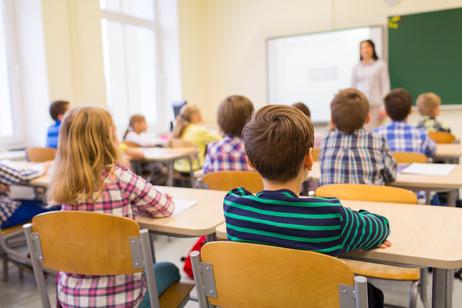The world of education in the United States is in a constant state of flux. Year after year, educational reform and new policies are passed that change the face of American education. As such, it is important to consider the educational background of the people who are representing the American public in approving or denying these policies and reforms.
We completed a survey of the 115th House of Representatives to gather information about the educational background of its members. We also gathered information about the type of education each Representative chose for his or her children. The results of that survey are summarized below along with some interesting points and thought-provoking questions.
Background on the United States Congress
The United States Congress is made up of the Senate and the House of Representatives. Members of both are chosen through direct election, though it is possible for vacancies on the Senate to be filled via gubernatorial appointment. Congress is made up of a total of 535 voting members.
The Senate is comprised of 100 senators which are elected at large by their constituents for a six-year term. Two representatives are allocated to each state. The House of Representatives is comprised of 435 voting members as well as six non-voting members that represent Puerto Rico, the U.S. Virgin Islands, American Samoa, Guam, the Northern Mariana Islands, and Washington, D.C. Members of the House of Representatives serve two-year terms, each representing a single district.
Within the 115th House of






















